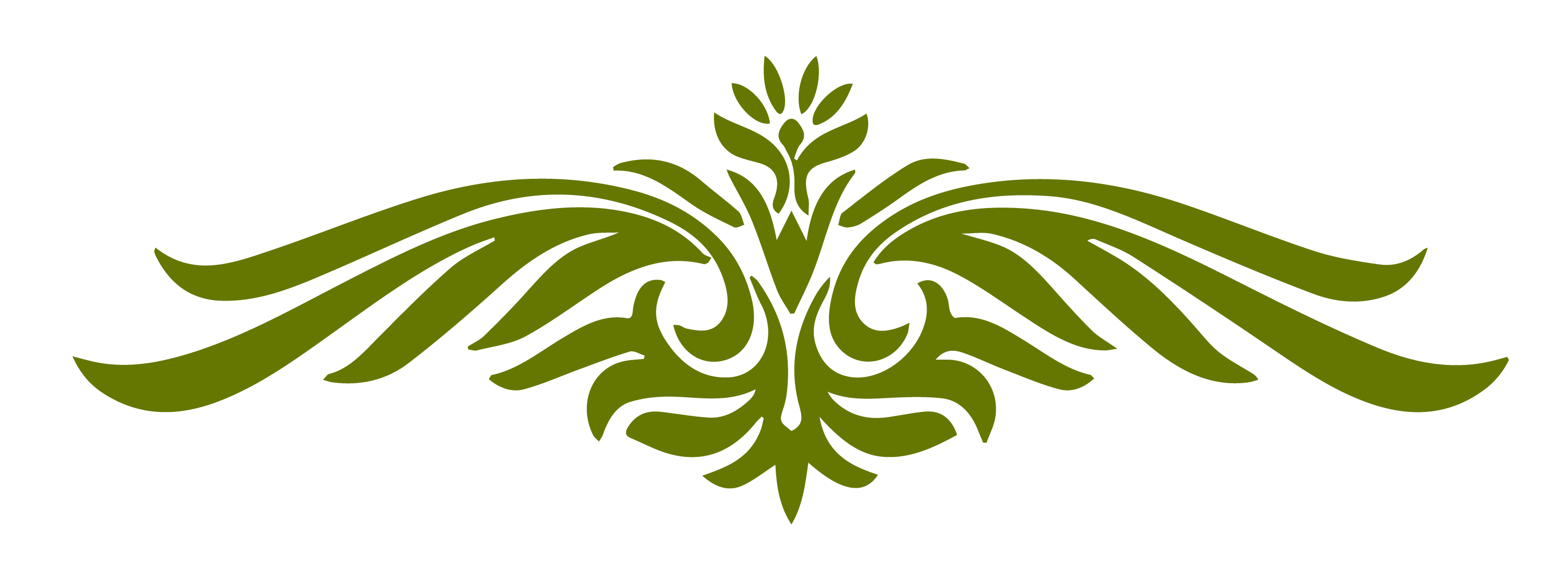The deer hair emerger (dhe) in my opinion is the best emerger pattern ever designed, this fly has caught me so many trout and grayling over the years. The deer hair damsel is a pattern by matt gruber, and there is a a very good tightline video has an excellent fly tying tutorial on tying this pattern. Web deer hair irresistible is a pattern designed to show the pure versatility of deer hair! We are all enamored with a tightly packed, beautifully trimmed hair bug but unlike most trout flies, it often takes more than a casual glance to figure out the details of the tying process. There are many different types of deer hair and many different ways to use them in fly patterns.
Web the phenomenon is well known from many deer hair flies like muddlers, caddis flies and even comparaduns, but when fabien started looking around for previous accounts of it used as a technique to create parachute hackles, he failed to find any. There are different types of “deer hair” such as elk, moose, deer and caribou. This is a classic dry fly pattern, invented in 1957 by al troth in pennsylvania to catch the trout hunting for emerging caddis flies. Deer hair is commonly spun to create heads on streamers. Tail, spun body and hackle all made from deer hair and nothing more.
The deer hair damsel is a pattern by matt gruber, and there is a a very good tightline video has an excellent fly tying tutorial on tying this pattern. Here are a couple of my favourite styles of deer hair dries: It is a pattern developed by jack horner, and was originally called the horner deer hair. Web to form the body, begin at the rear of the hook by laying a deer hair clump across the shank on roughly a 45 degree angle so there are equal amounts of hair on either side of the hook. While it's not a difficult pattern, it does take some.
Lay the first clump on top of and parallel to the hook shank. Web 16k views 1 year ago. Here are a couple of my favourite styles of deer hair dries: Web tying with deer hair. Select a fairly sparse bundle of craft fur, cut it, and. Web perfecting deer hair dry flies. Web for the most part, you can get by with a piece of standard whitetail deer and a piece of coastal (or short and fine) deer hair. The deer hair emerger (dhe) in my opinion is the best emerger pattern ever designed, this fly has caught me so many trout and grayling over the years. This is a classic dry fly pattern, invented in 1957 by al troth in pennsylvania to catch the trout hunting for emerging caddis flies. Tail, spun body and hackle all made from deer hair and nothing more. Web spun deer hair that is loosely packed suggests the fins and head of the natural without being too buoyant. Web a basic caddis fly. If you plan to use three colors, divide the hair accordingly to achieve the same quantity. While it's not a difficult pattern, it does take some. Make two or three wraps.
The Tail Is Made From Deer Body Hair, And The Wings From Hackle Feathers.
Web tying with deer hair. If you plan to use three colors, divide the hair accordingly to achieve the same quantity. Web the whitetail deer provides the fly tier with a variety of hair for many different fly. Web 16k views 1 year ago.
Lay The First Clump On Top Of And Parallel To The Hook Shank.
Web sunriver angler’s fly tying corner by: Web 8k views 2 years ago. Learn how to tie them every time. The deer hair emerger (dhe) in my opinion is the best emerger pattern ever designed, this fly has caught me so many trout and grayling over the years.
There Are Many Different Types Of Deer Hair And Many Different Ways To Use Them In Fly Patterns.
Make two or three wraps. Work the thread back to the bend of the hook. Web deer hair caddis fly: Select a fairly sparse bundle of craft fur, cut it, and.
Web Deer Hair Irresistible Is A Pattern Designed To Show The Pure Versatility Of Deer Hair!
Typically hatching from april to october, the caddis flies are one of the most common insects found in the stomach. Spun wool, popular on other sculpin patterns, doesn't fish like deer hair. There are different types of “deer hair” such as elk, moose, deer and caribou. Web the phenomenon is well known from many deer hair flies like muddlers, caddis flies and even comparaduns, but when fabien started looking around for previous accounts of it used as a technique to create parachute hackles, he failed to find any.










